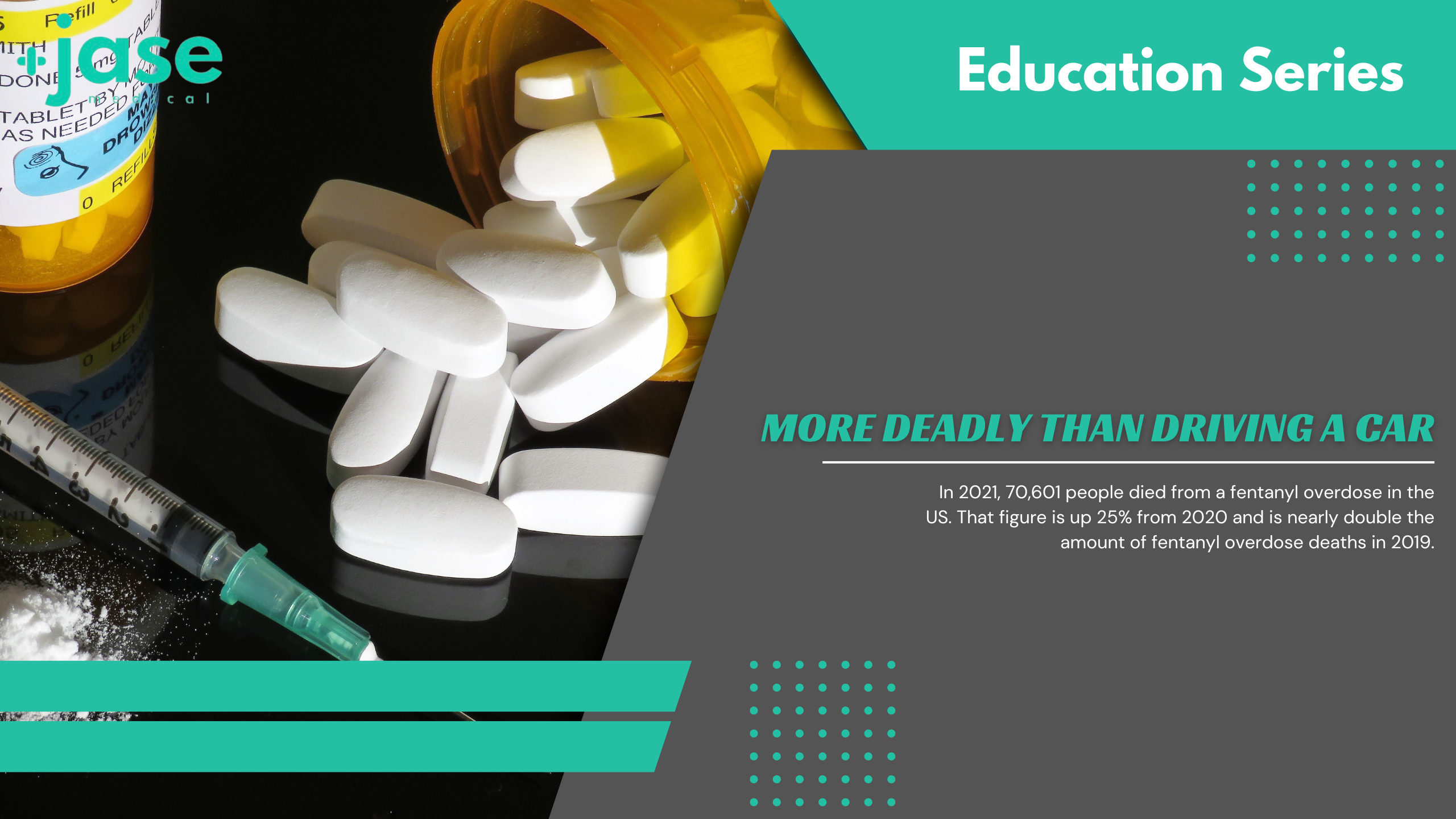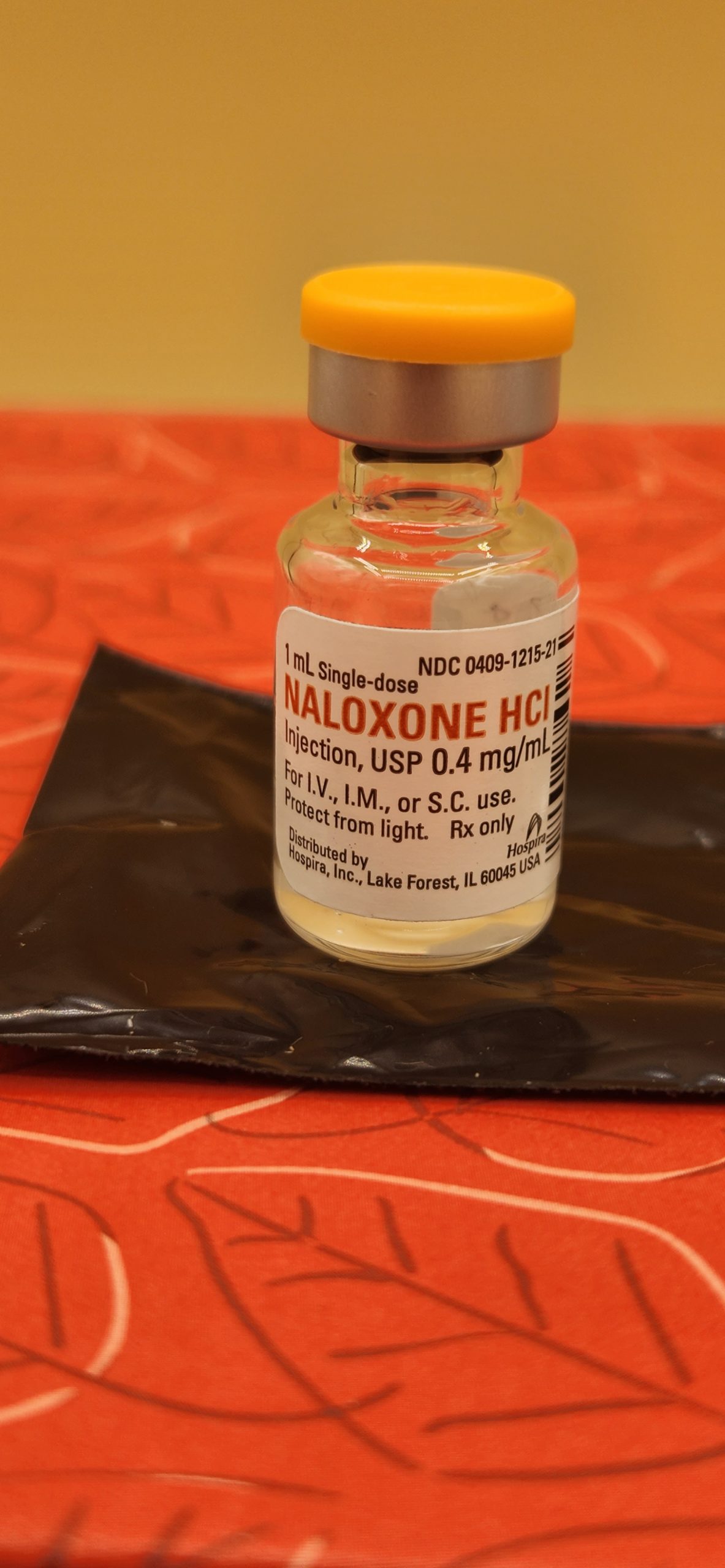Patient EducationOur mission is to help you be more medically prepared. Stay up-to-date on the latest news in health and preparedness.Categories
More Deadly than Driving a Car

I recently had an interesting conversation with my hair stylist. She had just enrolled in college to become a licensed addiction counsellor. I asked her what why she chose that career. She said she was a former drug addict and was homeless for a short period of time and understood lifestyle of those addicted to drugs. She has been clean for 2 plus years. During that time she received her license to cut hair and landed a job at the hair salon I frequent.
She was a wealth of information. After telling her I had ordered and recently received in the mail naloxone (Narcan) from the state (I live in Washington state, where you can order online here- it is free) and that I had been writing about the fentanyl crisis she piped up and informed me that more people died of fentanyl overdoses than motor vehicle crashes in 2021.
Intrigued, I looked up the statistics. She was correct. But the one glaring statistic was how many more perished from fentanyl overdoses compared to motor vehicle crashes.
According to USA Facts: “In 2021, 70,601 people died from a fentanyl overdose in the US. That figure is up 25% from 2020 and is nearly double the amount of fentanyl overdose deaths in 2019.”
And the USDOT reports “NHTSA projects that an estimated 42,915 people died in motor vehicle traffic crashes last year, a 10.5% increase from the 38,824 fatalities in 2020.”
If my math is correct, 60 percent more people died from fentanyl overdose than in car crashes.
Fentanyl, a synthetic opioid analgesic was originally developed for pain management for cancer patients. It is 50-100 times stronger than morphine.
In recent times it has become a deadly street drug manufactured in the States and Mexico.
Not just illegal drug users are at risk for fentanyl overdose. The recent episode of a 10 month old baby who turned blue and limp from accidental fentanyl exposure after playing in the grass at a local park drives home the point of how widespread this epidemic has become. EMS was called and naloxone was administered. The child survived.
The toddlers’ parents warn parents to closely watch their children playing at any public park or playground. Foil packets and even spilled fentanyl in the form of powder on the grass may have been the way the toddler was exposed.
My naloxone/Narcan order arrived
I received my naloxone in the mail last week. The directions to administer were clear.

In the state I reside I had the choice of either injectable or nasal spray doses. I chose injectable because I felt there are many more sites to choose from to administer than just nasal passages (nasal spray).
As of August 2020, all 50 states and the District of Columbia have some form of a naloxone access law. The laws vary significantly by state.
To obtain naloxone, state by state resources website and information can be found here.
A few facts about Naloxone/Narcan:
Healthline has an excellent explanation and more detailed instructions on naloxone.
- Naloxone is safe, if you administer and the patient isn’t experiencing a drug overdose there are no side effects.
- Naloxone, blocks the effects of opioids in your body. This drug works to reverse the life-threatening symptoms that happen during an overdose. More than one dose may be necessary because there may be more opioid in the body than the naloxone can block.
- Naloxone is only active in the body for 20 to 90 minutes, the effects of most opioids last longer. This means that the effects of naloxone are likely to wear off before the opioids are gone from the body.
- Narcan comes in one dose, for any age- from toddler to adult
- It’s important to note that Narcan is not a substitute for medical treatment. After giving Narcan to someone, call 911 right away, even if the person wakes up after getting Narcan.
- Brooke Lounsbury, RN
Medical Content Writer
Lifesaving Medications
Recent Posts
Keeping you informed and safe.
Blog
The Silent Killer (Part 2)
(Part 2) Part 2 will discuss: Physiology of blood pressure regulation, Medications to help control hypertension Blood pressure regulation is a complex process involving a series of body systems, hormones and input from the nervous system all working together to...
The Silent Killer
Part 1 High blood pressure (HBP) has been called the silent killer and with good reason. It is estimated that at least 20 percent of the population with high blood pressure have no symptoms. In part 1 we will discuss: Symptoms of hypertension Health risks of...

